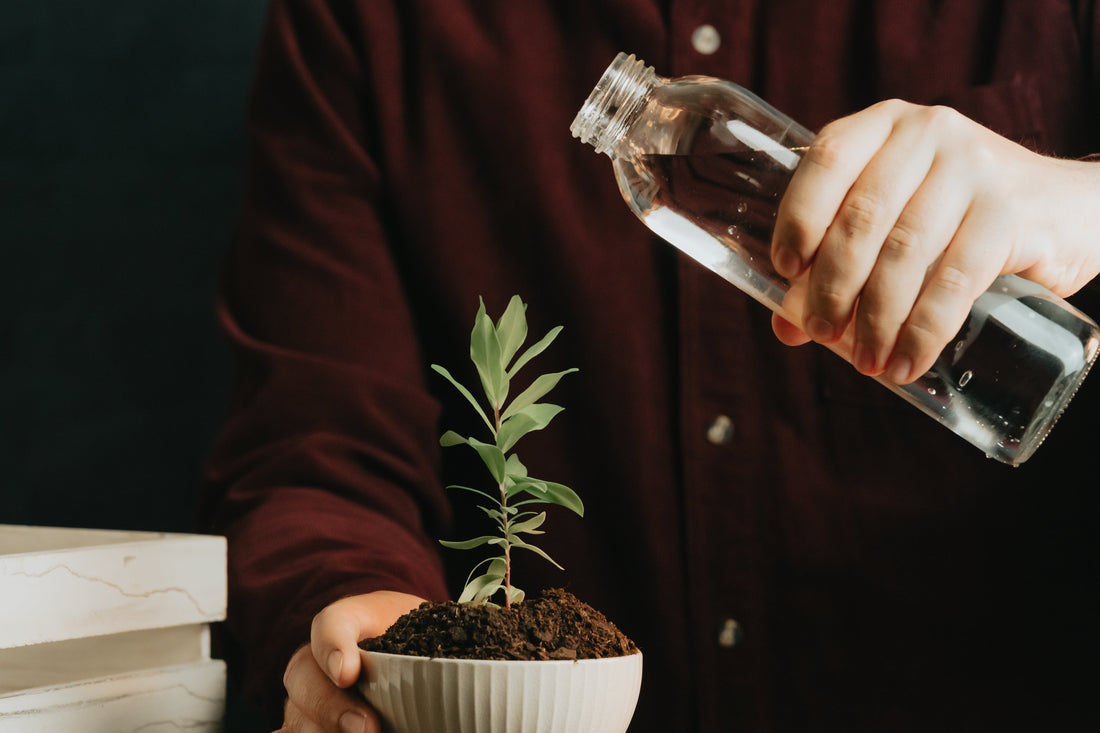
【How to care for plants - Watering】
Share
Watering is the most important part of plant maintenance, but it is also the most error-prone part. Improper watering amount and frequency can negatively affect the health of your plants, here are some tips on how to get it right to help you maintain your plants.
- To determine if a plant needs watering:
- Observe soil moisture: Feel the soil with your fingers. If the surface soil is dry, it means that the plants need to be watered. But be careful not to just look at the surface soil moisture. It is best to check with your finger deep into the soil to make sure the entire soil is dry.
- Plant Color and Texture: If your plant's leaves are darkening in color and hard in texture, it could indicate that the plant is dehydrated. If the plant's leaves are limp and shriveled, it could also be due to a lack of water.
- Plant weight: If the pot soil of the plant becomes lighter, it means that the water in the soil has evaporated or been absorbed by the plant, and it needs to be watered.
- Plant growth habits: Some plants will show obvious growth stagnation when they are short of water, the leaves will no longer grow, and the stems will no longer grow. At this time, they need to be watered in time.
- Watering Tips
- Watering volume: The watering volume should be half to one-third of the potting soil capacity, so that the soil can absorb enough water, but avoid overwatering. When watering, you can gradually add water to allow the soil to absorb water slowly to avoid water loss and root soaking.
- Watering frequency: Watering frequency depends on the plant species, growing environment and season. Usually more watering is needed in summer than in winter, but also be careful not to overwater, preferably when the top soil is slightly dry.
- Watering: Different plants require different watering methods. For example, some plants are better watered by soaking from the bottom, which allows the roots of the plant to fully absorb the water. And other plants are more suitable for watering from above, which can make the leaves and evapotranspiration holes of the plants moist, and keep the plants fresh and beautiful.
Hopefully, these tips will help you take better care of your plants. If you have any questions about plant maintenance, please feel free to contact our horn planting team, we will serve you wholeheartedly.
